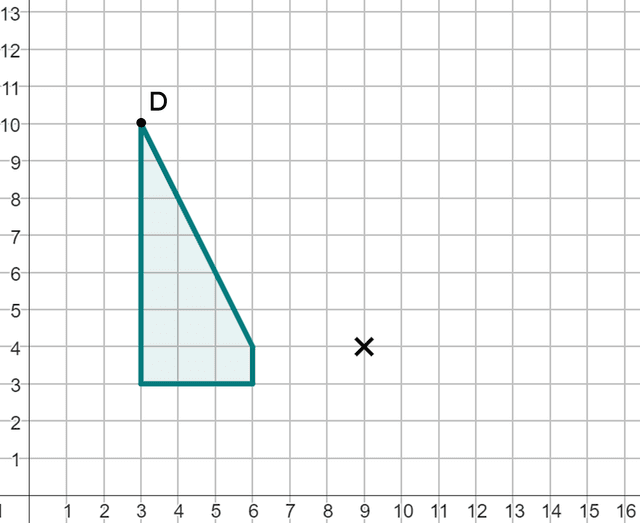Myths about teaching can hold you back


- Year 7
Rotating objects
I can rotate objects using information about centre, size and direction of rotation


- Year 7
Rotating objects
I can rotate objects using information about centre, size and direction of rotation
These resources were made for remote use during the pandemic, not classroom teaching.
Switch to our new teaching resources now - designed by teachers and leading subject experts, and tested in classrooms.
Lesson details
Key learning points
- Tracing paper can be a helpful tool to perform a rotation.
- The image and the object should be congruent.
- Unless a full rotation occurs, the object and its image will not have the same orientation.
Keywords
Clockwise - A clockwise direction is the direction in which the hands of an analogue clock travel.
Anti-clockwise - An anti-clockwise direction is the opposite direction to which the hands of an analogue clock travel.
Centre of rotation - The centre of rotation is the fixed point about which an object is rotated. It fixes the location of the image after it is rotated.
Degrees - Degrees are the most common unit of measurement for angle. One whole turn is equal to 360 degrees, written 360°.
Common misconception
After drawing an object on the tracing paper, you take the tracing paper off the table to rotate it.
This is especially dangerous if the centre of rotation wasn't drawn on the tracing paper, too. The image will lose its correct location.
To help you plan your year 7 maths lesson on: Rotating objects, download all teaching resources for free and adapt to suit your pupils' needs...
To help you plan your year 7 maths lesson on: Rotating objects, download all teaching resources for free and adapt to suit your pupils' needs.
The starter quiz will activate and check your pupils' prior knowledge, with versions available both with and without answers in PDF format.
We use learning cycles to break down learning into key concepts or ideas linked to the learning outcome. Each learning cycle features explanations with checks for understanding and practice tasks with feedback. All of this is found in our slide decks, ready for you to download and edit. The practice tasks are also available as printable worksheets and some lessons have additional materials with extra material you might need for teaching the lesson.
The assessment exit quiz will test your pupils' understanding of the key learning points.
Our video is a tool for planning, showing how other teachers might teach the lesson, offering helpful tips, modelled explanations and inspiration for your own delivery in the classroom. Plus, you can set it as homework or revision for pupils and keep their learning on track by sharing an online pupil version of this lesson.
Explore more key stage 3 maths lessons from the Transformations unit, dive into the full secondary maths curriculum, or learn more about lesson planning.

Licence
Prior knowledge starter quiz
6 Questions
Q1.Match the size an angle in degrees to its description.
90° -
a quarter turn
180° -
a half turn
270° -
a three-quarter turn
360° -
a full turn
540° -
a one-and-a-half turn
630° -
a one-and-three-quarter turn
Q2.Which of these is an accurate description for this rotation?
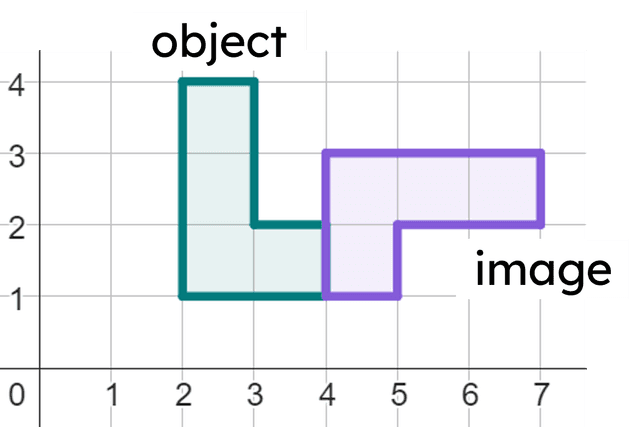
Q3.What is the centre of rotation for this rotation?

Q4.This object has been rotated clockwise. By how many degrees did this object rotate?
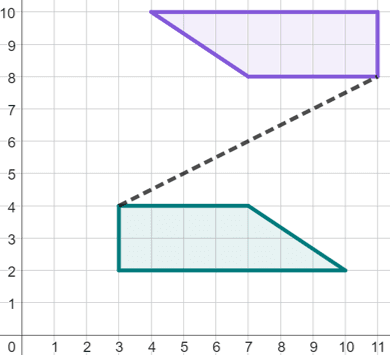
Q5.A pair of corresponding vertices on the object and image are joined with a line segment. Join a second pair of vertices to find the coordinates of the centre of rotation.

Q6.This object has been rotated by 180°. The image overlaps its object. Find the coordinates of the centre of rotation.
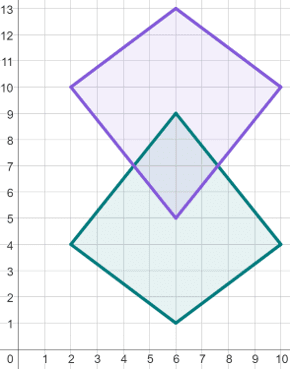
Assessment exit quiz
6 Questions
Q1.When you use tracing paper to rotate an object, which two things should you draw onto the tracing paper?
Q2.After which step can you remove the tracing paper in order to progress onto the next step in completing your rotation?
Q3.This object will be rotated 90° anti-clockwise with the centre of rotation of (6, 6). Where will the image of vertex A end up after this rotation?
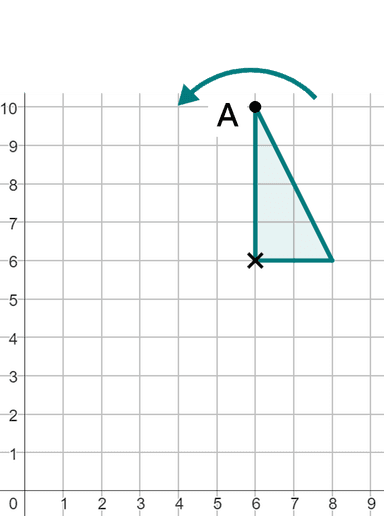
Q4.This object will be rotated 180° with the centre of rotation of (6, 6). Where will the image of vertex B end up after this rotation?
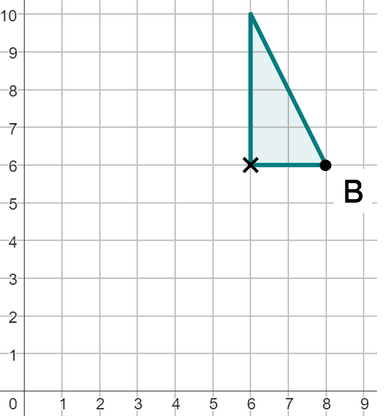
Q5.This object will be rotated 90° clockwise with the centre of rotation of (9, 4). Where will the image of vertex C end up after this rotation?
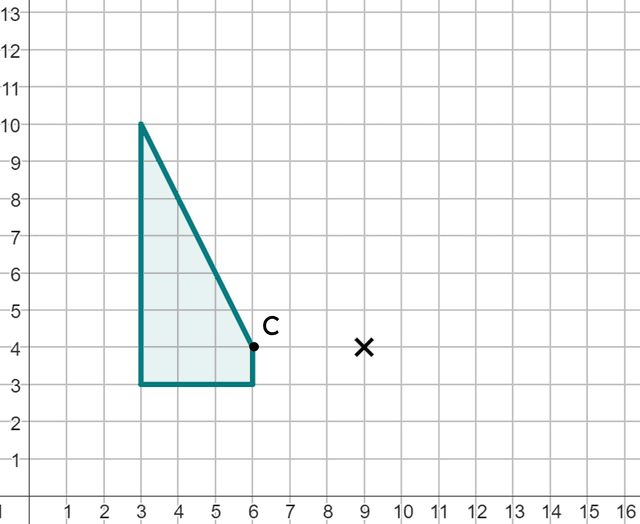
Q6.This object will be rotated 90° clockwise with the centre of rotation of (9, 4). Where will the image of vertex D end up after this rotation?
